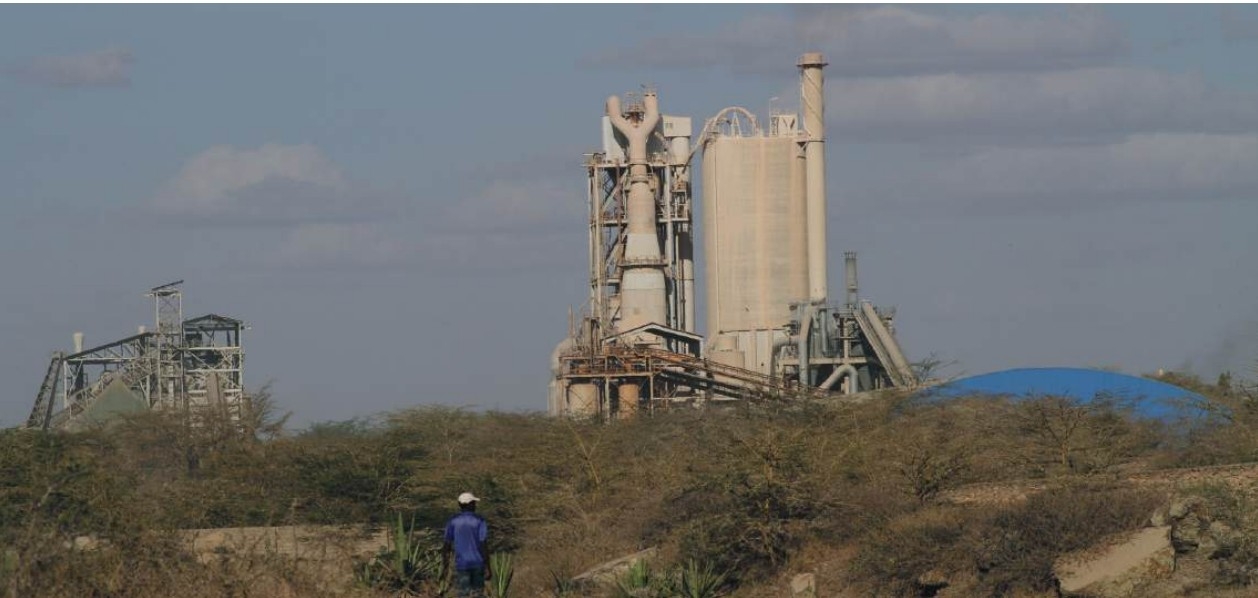The country is staring at a drastic drop in wheat production after farmers in the North Rift reduced acreage due to the high cost of production and poor prices.
Farmers interviewed in the region have demanded that the government review duty imposed on imported wheat, from the current 10 per cent to 35 per cent to cushion them.
Johnson Murei, a wheat farmer from Moiben, Uasin-Gishu county, said that he has planted only 50 acres of wheat compared to 120 acres.
"I struggled to sell my wheat last season due to cheap imports. For us to continue growing wheat, we need better prices by the government controlling imports of wheat since it is hurting us," Murei, who has planted 180 acres of commercial maize and 120 acres of seed maize on his farm, said.
According to the farmer, the high cost of chemicals and other inputs have pushed up the cost of production to Sh40, 000 per acre making the venture less profitable.
To break even, he says, that farmers need the price to go up to Sh4,000 compared to Sh2,800 offered by traders and millers.
George Kibet, another wheat farmer, said that he reduced his acreage by 50 per cent.
“The problem is that most farmers lack a market for wheat. Most millers have shunned locally produced wheat for cheap imports, leaving farmers at the mercy of brokers,” Kibet said.
Last season, most farmers were stuck with their produce as millers and traders bought the produce at between Sh2,400 and 2,800 compared to maize that was bought at between Sh3,400 and Sh3,600 per 90kg.
“The government reduced the duty on imported wheat crop to 10 per cent, making local millers flood the local market with cheaply imported wheat," Kipkorir Menjo, the Kenya Farmers Association official, said.
"This was costly for farmers since most failed to break even. The government should review the duty and also provide other affordable inputs such as seeds and fertiliser to encourage production.”
Kenya produces less than 500,000 tonnes of wheat against consumption of more than one million tonnes, forcing the country to import to plug the deficit.
Wheat in the North Rift region is mainly grown in Trans Nzoia, Uasin Gishu and parts of Elgeyo Marakwet counties.
Data from counties indicates that there is projected decline in production as more farmers shift from wheat to maize and other crops.
According to Samuel Yego, wheat acreage stood at 19,000 hectares last year but this year Uasin Gishu is projecting [to produce] 18,000 hectares, which translates to 616,000 bags of 90kg.
"Last season, millers did not buy locally produced wheat from farmers, discouraging farmers from growing the crop,” Yego, an agronomist, said.
He warned that the production is expected to go down if no interventions are made.
The case is the same in Trans Nzoia county, where wheat production is projected to decline since most farmers have shifted their focus to maize.















